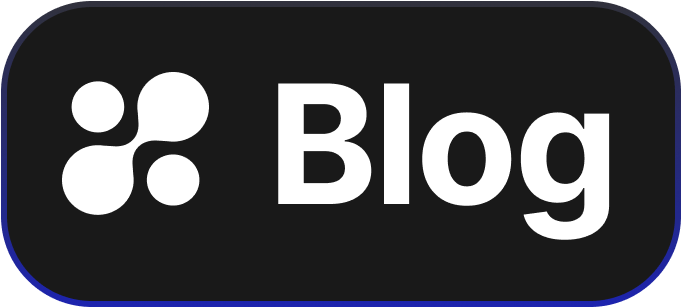How to Master HIPAA Audit Logging: A Guide for Technology Managers
Understanding and implementing HIPAA audit logging can seem challenging, especially for technology managers who juggle multiple responsibilities. Yet, mastering this process is essential for ensuring that your organization's sensitive healthcare data remains secure and compliant with regulations.
What is HIPAA Audit Logging?
HIPAA audit logging involves tracking and recording activities within your organization's systems that handle Protected Health Information (PHI). This is crucial for monitoring who accessed what information and when, providing a valuable trail if unauthorized actions are suspected.
Why is HIPAA Audit Logging Important?
HIPAA audit logging is essential for several reasons:
- Compliance: It helps ensure that your organization meets HIPAA regulations, avoiding hefty fines.
- Security: By auditing logs, you can detect and respond to suspicious activity swiftly.
- Accountability: It creates a culture of responsibility by tracking who accesses sensitive data.
Key Components of HIPAA Audit Logging
- User Access Logs: Monitor who is accessing PHI and record their actions.
- Data Modification Logs: Keep track of any changes made to PHI, including what data was changed and by whom.
- System Logs: Document system-level activities, such as login attempts and any system changes, to identify potential security threats.
How to Implement HIPAA Audit Logging Effectively
1. Choose the Right Tools
Select auditing tools that fit seamlessly into your existing IT infrastructure. Look for solutions that provide comprehensive logging capabilities without overwhelming your team with data.
2. Define Clear Policies
Establish clear logging policies, including what should be logged, how often logs should be reviewed, and who is responsible for this task.
3. Regularly Review Logs
Create a schedule for regular log reviews. This helps spot unusual patterns early and allows your team to act promptly.
4. Train Your Team
Ensure that all team members understand the importance of audit logging and know how to access and interpret logs effectively.
5. Secure Your Logs
Protect audit logs from unauthorized access to prevent tampering. Use encryption and access controls as necessary.
Common Pitfalls and How to Avoid Them
- Ignoring Logs: It’s easy to collect data and do nothing with it. Set reminders for regular log checks.
- Overlogging: Log relevant data without overwhelming storage space. Be selective about what you track.
- Incomplete Logs: Missing data can lead to noncompliance. Test your logging system thoroughly to avoid gaps.
Getting Started with HIPAA Audit Logging at Your Organization
HIPAA audit logging doesn’t have to be a daunting task. Start small by integrating basic logging functionality and scale up as your team becomes more familiar with the tools and processes.
To see a powerful audit logging solution in action, consider exploring Hoop.dev. With intuitive features and robust capabilities, you can get your logging infrastructure up and running in minutes. Visit Hoop.dev to watch how quickly and easily you can meet your HIPAA audit logging needs.
By taking these steps, technology managers can ensure that their organizations remain compliant while safeguarding sensitive healthcare information.
